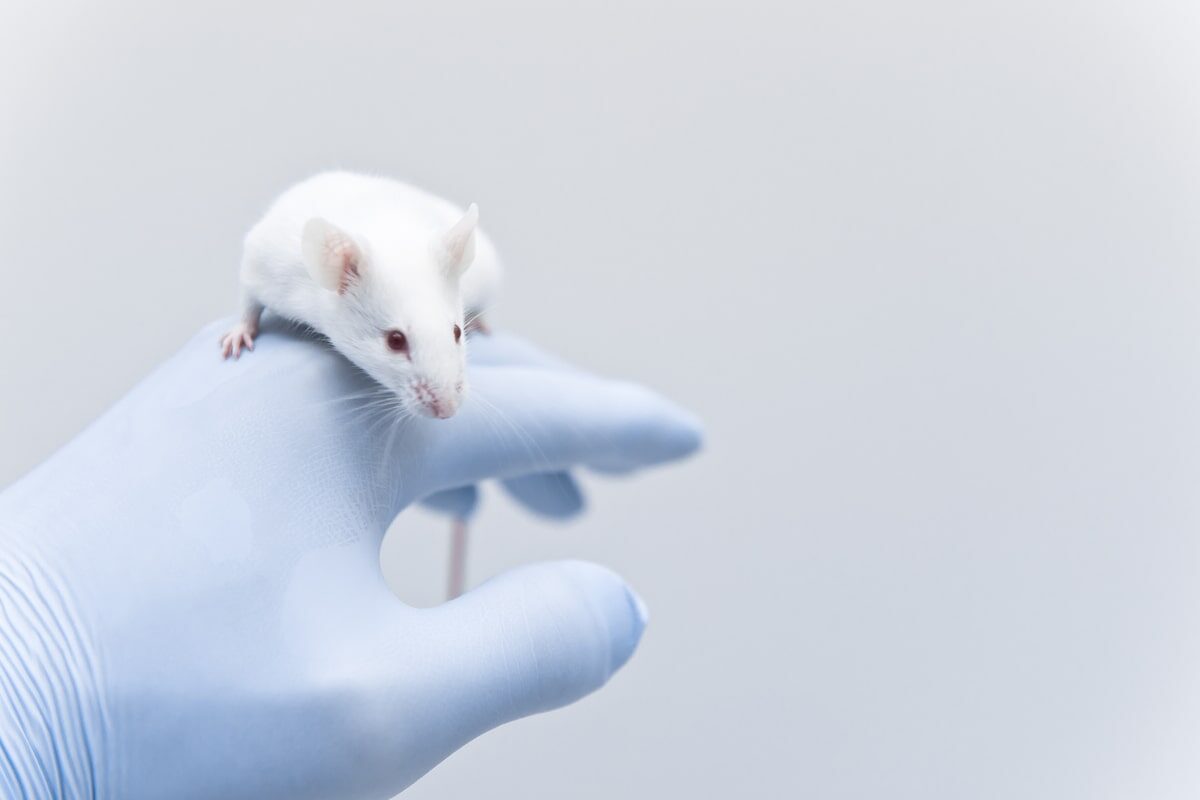For medical device manufacturers, the preclinical testing of medical device development is most crucial. This is the stage in which they set the design of the product including its functionality and safety aspects and validate the selected materials.
However, their major dilemmas are “When to plan the preclinical stage of the device development?” and “What aspects to consider?”
So, here we answer these questions to help the medical device manufacturers in their preclinical research and design validation.
A Step-by-Step Guide:
1) Review the current industry standards to plan your preclinical research.
2) Consider the following aspects for your research:
a) Material selection: Carefully select the material to be used in the device keeping in mind the factors like its mechanical, physical, chemical, and toxicological properties. Review the current literature to get information about the standard tests, purity, and bio-compatibility studies of the raw material.
b) Manufacturing methods: Since manufacturing processes affect the safety and performance of the device, get as much information as possible on the manufacturing processes.
Evaluate any changes in the manufacturing methods made during the preclinical phase irrespective of whether it will or will not impact the timing of the testing of the device. The manufacturing methods can also change during the post-market phase of the device development. Thus, consider its possibility during the preclinical phase.
Factors such as packaging/sterilization, manufacturing storage instructions, shelf life, transport, and target population should also be considered.
c) Biocompatibility tests: If existing literature doesn’t give sufficient information about a product’s safety, then preclinical biocompatibility testing is also needed.
d) Preclinical study design: After considering the materials, manufacturing methods, and biocompatibility, the manufacturer must also test its performance. First, determine the purpose, aim, and endpoints of the study. The duration of the study is the next point of consideration as this will determine the number of termination intervals needed, which can range from a couple of weeks to several months.
If you only look at the device’s functionality, histopathology of the implant site is sufficient. But, if you plan to prove its safety, it will require body and organ weights, target organ pathology, and a statistical analysis of the data
e) Packaging and sterilization: Select the packaging material based on the product integrity, sterilization method, and product functionality. Your aim is to design a packaging system that is easy to access and protects the product from internal or external breaches in sterility.
It is important to consider packaging materials and sterilization methods early in the design process. Before validation, it’s important to identify the product packaging. This will help you avoid choosing materials for the device that are incompatible with the packaging and sterilization, and thus, save time.
f) Sterilization validation: For devices that will be sold and used sterile, or cleaned between uses, it’s imperative to choose and validate their sterilization method. This is because sterilization methods can also affect the product’s safety and efficacy. Some of the common sterilization methods are:
- Ethylene oxide
- Steam
- Dry heat
- Irradiation (gamma, x-ray, or e-beam)
Different methods have different effects on the device material. For example, Ethylene oxide residuals can be toxic, gamma sterilisation can increase cross-linking in polymers, high temperatures may soften or oxidise the material.
Thus, while choosing the device materials, consider its sterilisation method also.
Finally, before planning your preclinical study, also plan out the following to avoid unnecessary delays:
- Where to submit.
- When to submit
- Timelines for all activities like biocompatibility and preclinical studies, sterilisation validation, and written evaluation of existing materials.
- Compilationof all documents and data
If you pay attention to all these aspects and plan well in advance, your preclinical design validation stage of medical device development will be a great success.




